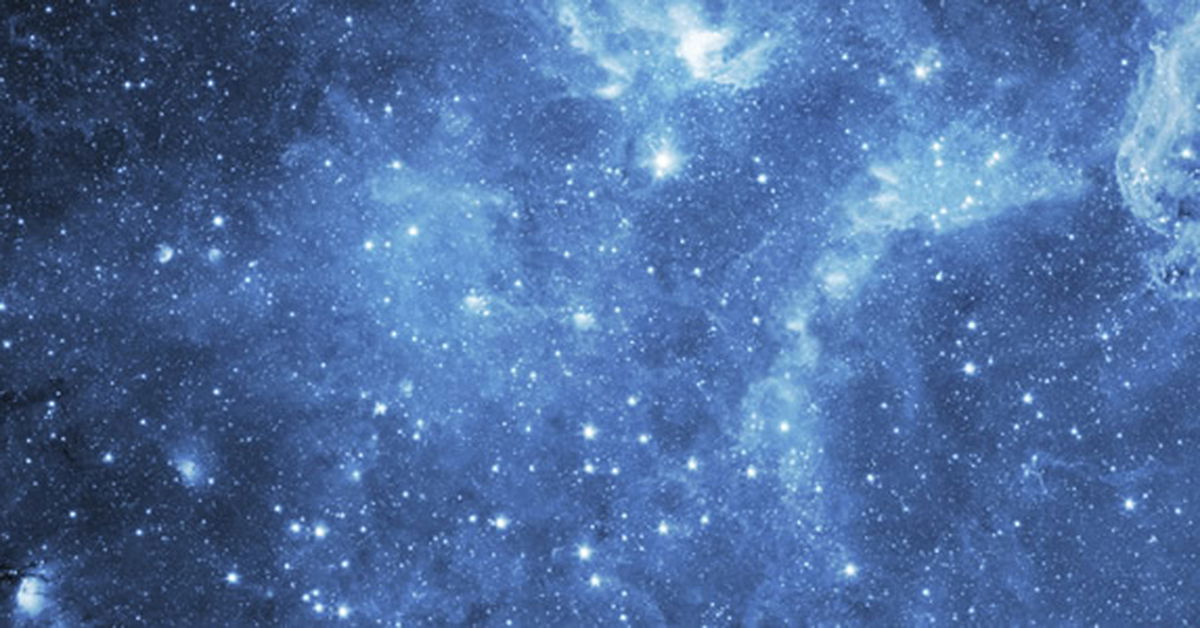What Are Population III Stars?
As I’ve explained before, astronomers have long looked for hypothetical population III stars, stars with no elements other than hydrogen and helium. According to the big bang model, the universe began with just hydrogen, helium, and a trifling amount of lithium. All the other elements, such as the oxygen and nitrogen we breathe, the iron in our blood, and the calcium in our bones, were synthesized in the cores of stars as the source of energy for the luminous output of the stars. Supernovae and other mechanisms spew the products of these nuclear reactions into space, where it mixes with the gas already there to produce more stars. This cycle supposedly continues over billions of years to create the distribution of elements that we observe in the universe today. But there still is no evidence that population III stars ever existed.
In secular cosmologies, great distances imply a lookback time.
In secular cosmologies, great distances imply a lookback time. That is, if a galaxy is a billion light-years away, then we see that galaxy as it appeared a billion years ago, not as it appears today. If the universe has evolved over time from zero heavy elements to more of the heavier elements today, then with increasing distance, galaxies ought to have decreasing heavier elements. One of the purposes of the James Webb Space Telescope (JWST) is to search for this first generation of stars more than 12 billion light-years away from earth, which in the viewpoint of most astronomers corresponds to a time shortly after the universe began in the big bang. But so far, the JWST has failed to find any galaxies containing no heavier elements.
A Lovely New Study
A recent news story has reported that astronomers have found a galaxy whose stars have no elements heavier than helium. This paper has not yet been peer-reviewed and published, so its results are tentative. The astronomers who posted the paper online used the JWST to observe a galaxy called AMORE6. The gravitational lensing of a closer object magnifies the light of AMORE6. The researchers observed the spectrum of AMORE6, and they identified Hβ, an emission line due to hydrogen. They also looked for an emission line of OIII (OIII refers to doubly ionized oxygen). Oxygen is the third-most abundant element in the universe (third only to hydrogen and helium), so if heavier elements are present in AMORE6, oxygen would be the easiest to identify. Plus, the OIII emission line is considered a tracer of star formation, which astronomers think is ongoing at a very fast pace in AMORE6. The absence of OIII in the spectrum of AMORE6 would seem to indicate that all the other elements heavier than helium are lacking in AMORE6 as well.
So have astronomers at long last found the missing population III stars? Not so fast. Within the big bang model, the estimated distance of AMORE6 places the galaxy 900 million to one billion years after the big bang. But the JWST has already found galaxies with abundant heavier elements one-third of that time (300 million years) after the big bang. How could AMORE6 have remained pristine while all other galaxies from much earlier times after the big bang did not? Also keep in mind that this paper is preliminary—its conclusion might not survive the review process. It is likely that AMORE6 has heavier elements too.
Conclusion
So far, the JWST has shown us that very distant galaxies indeed appear similar to the galaxies we see nearby.
We at Answers in Genesis reject the big bang model because it does not conform to the biblical description of how and when God created the universe as found in Genesis 1. The “very good” of creation that God pronounced at the end of the creation week (Genesis 1:31) refers to the completeness of creation. We believe that there was no evolutionary sequence to galaxies over great distances (lookback time in secular cosmologies) because the universe did not evolve. Hence, we expected that when astronomers look at very distant galaxies, they would see stars and galaxies very similar to what we see locally in the universe. So far, the JWST has shown us that very distant galaxies indeed appear similar to the galaxies we see nearby. Thus, the JWST is confirming creationary expectations.

